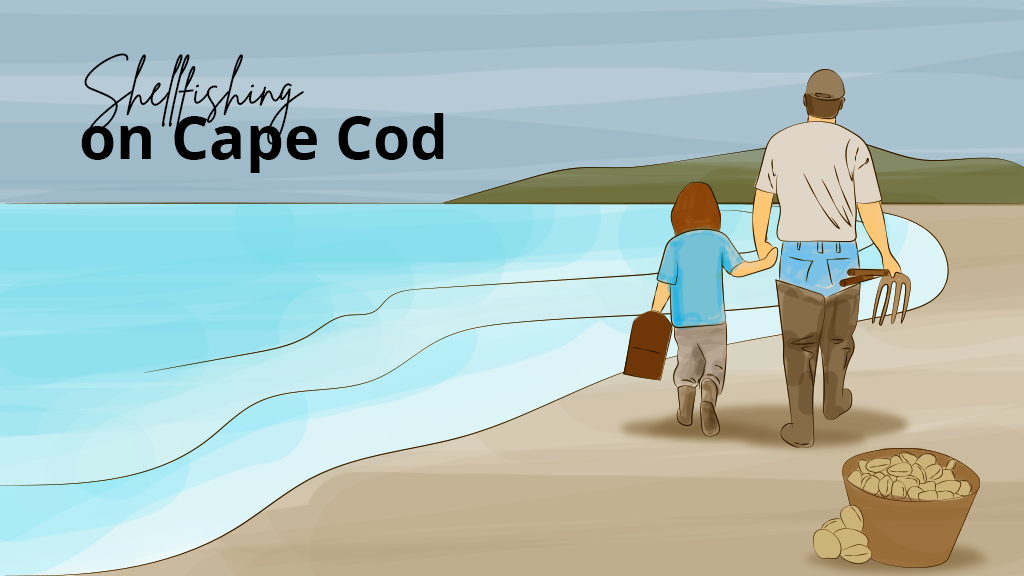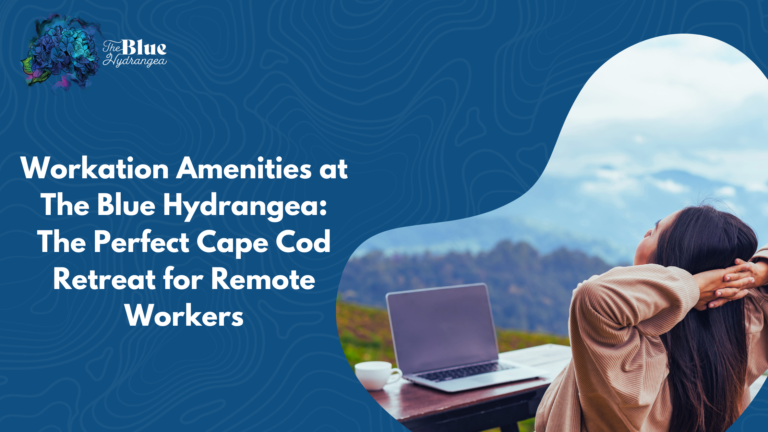Although Cape Cod has no shortage of shops where you can purchase fresh, delicious seafood, for a lot of residents and visitors, part of the fun is doing some shellfishing on your own. Gathering your own clams, oysters, scallops, and mussels and taking them back with you to prepare a seafood feast is an essential part of the Cape Cod experience.
To help you enjoy your shellfishing on Cape Cod, here’s a quick guide covering what you’ll need, what regulations there are to follow, when to go, and what some of the best places are.
What You Need for Shellfishing
Shellfishing is pretty simple and doesn’t require much equipment. All you really need are a bucket, clam rake, and a clam gauge (for measuring size since you can’t keep clams and other shellfish that are too small). These are widely available on the Cape, and bait shops are some of the most convenient places to get them.
Optional but recommended for comfort are rain boots or hip waders. You’re going to be spending a lot of time standing and digging in mud, and these make the experience more pleasant for some people. But if you’re fine standing in the mud in water shoes or your bare feet, then you can probably skip this recommendation.
Permits and Fees
Another necessary item for Cape Cod shellfishing is a permit. Every town has different policies on permits and fees, so it’s important to know where you’re going and then look into the permit requirements.
Most of the time, a permit covers you for 7 days, but some locations offer seasonal or annual passes. Permits are only available at the particular town’s Town Hall or town clerk’s office.
While you’re getting your permit, find out what the particular rules for shellfishing in that locality are. Also, make sure you know the legal boundaries so that you’re not inadvertently shellfishing in another jurisdiction or on private property.
Best Times of the Day and the Year for Shellfishing
Technically speaking, you can go shellfishing any time of the year as long as it’s permitted at the location you’re at. However, the coastal waters get quite cold here, so the typical season is May through September, with July and August being the peak months.
The best time of day for shellfishing is around low tide. Check tidal charts and head out about an hour before low tide.
Best Spots for Shellfishing
It wouldn’t be possible to list all of Cape Cod’s shellfishing locations here, so we’re going to focus on some of the best towns for it and sites within them.
● Eastham: This town has some of the best shellfishing and has several sites. Most of them are open from sunrise to sunset 7 days a week. Exceptions are Salt Pond and some of the tidal creeks, which are more restricted in days and hours.
● Wellfleet: There is good shellfishing here, but options are more limited. Recreational shellfishing is only allowed at Chipman’s Cove, Indian Neck, Duck Creek, and the Herring River. They all have seasonal restrictions as well. Indian Neck is the only one open in the summer months.
● Mashpee: Try Great River, Hamblin Pond, Popponesset Bay, and Waquoit Bay. Note that taking oysters is not allowed at these locations and that there are catch limits for other shellfish.
● Chatham: Good locations include Buck’s Creek, Mill Creek, Muddy Creek, Taylor’s Pond, and Oyster Pond. Be aware that all of these sites are subject to seasonal closures, so be sure to check into what’s open when getting your permit.
● Harwich: A nice centralized location on the Cape with good shellfishing at Allen, Saquatucket, and Wychmere Harbors, plus at Pleasant Bay and Round Cove.
With minimal equipment and some time spent getting a permit and doing some homework, shellfishing on Cape Cod is something you’ll love. Have fun, and happy dining!









